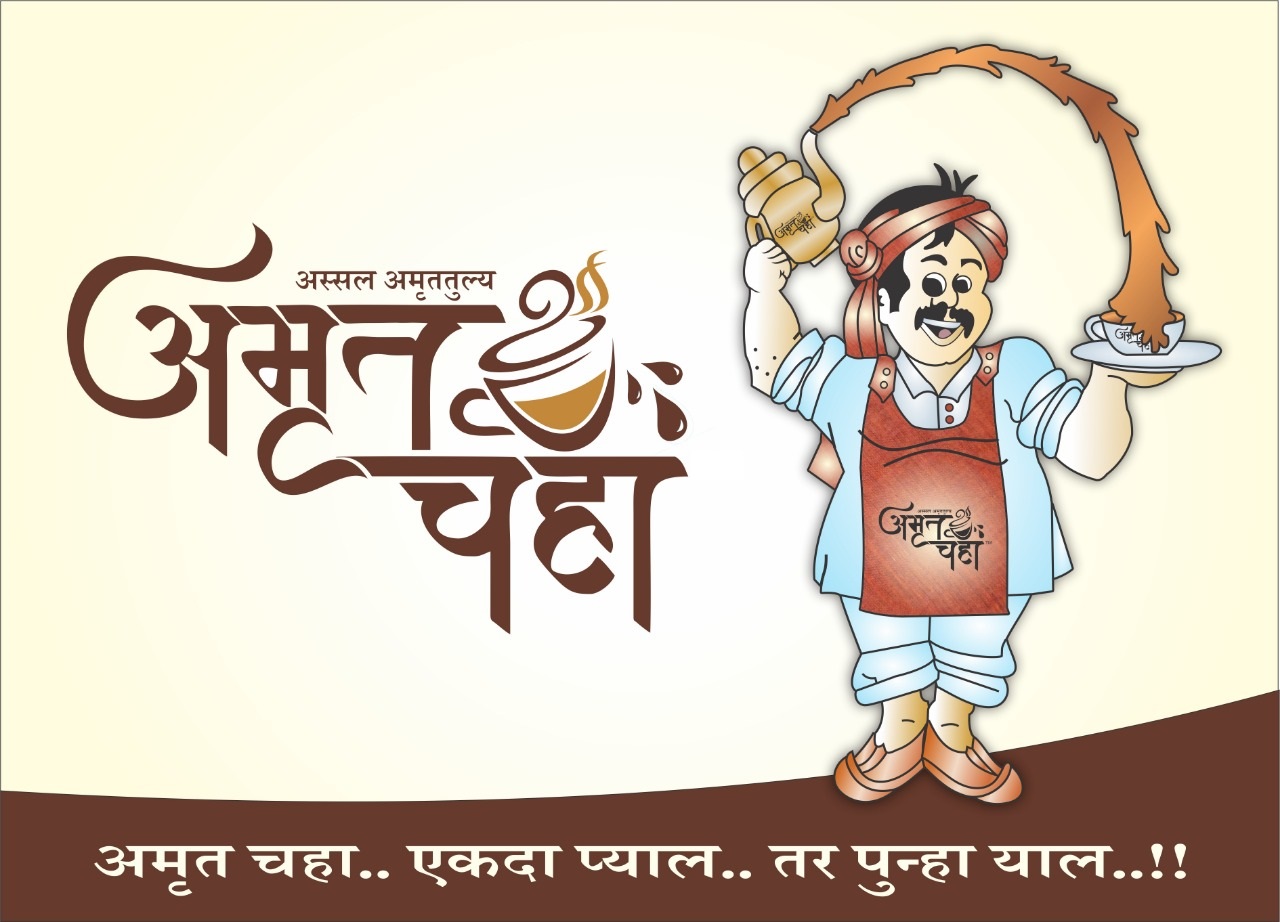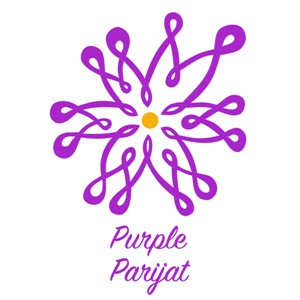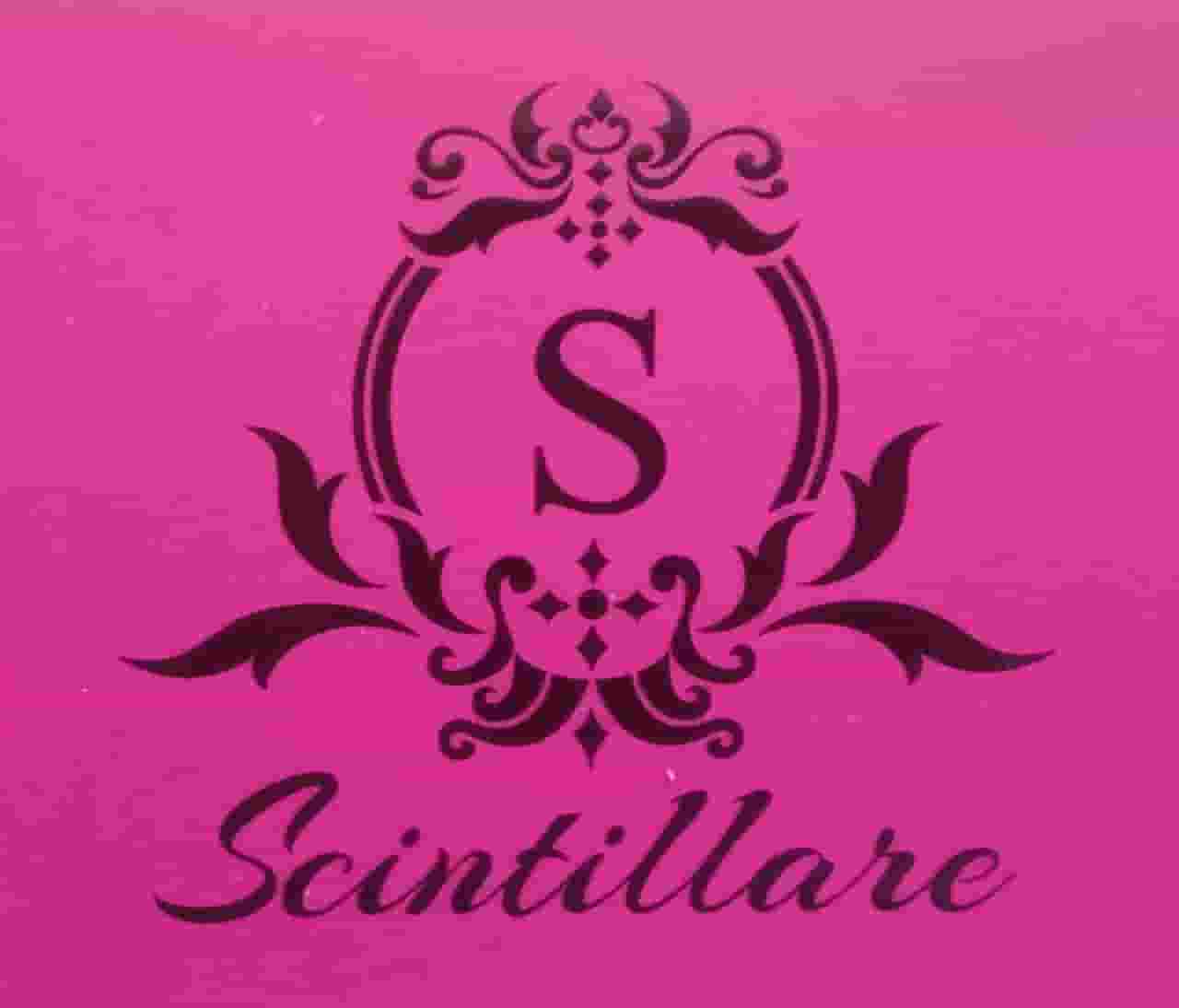The Copyright Act, 1957 came into effect from January 1958. This Act has been amended five times since then, i.e., in 1983, 1984, 1992, 1994, 1999 and 2012. The Copyright (Amendment) Act, 2012 is the most substantial. The main reasons for amendments to the Copyright Act, 1957 include to bring the Act in conformity with WCT and WPPT; to protect the Music and Film Industry and address its concerns; to address the concerns of the physically disabled and to protect the interests of the author of any work; Incidental changes; to remove operational facilities; and enforcement of rights. Some of the important amendments to the Copyright Act in 2012 are extension of copyright protection in the digital environment such as penalties for circumvention of technological protection measures and rights management information, and liability of internet service provider and introduction of statutory licences for cover versions and broadcasting organizations; ensuring right to receive royalties for authors, and music composers, exclusive economic and moral rights to performers, equal membership rights in copyright societies for authors and other right owners and exception of copyrights for physically disabled to access any works.
Prior to the Act of 1957, the Law of Copyrights in the country was governed by the Copyright Act of 1914. This Act was essentially the extension of the British Copyright Act, 1911 to India. Even the Copyright Act, 1957 borrowed extensively from the new Copyright Act of the United Kingdom of 1956. The Copyright Act, 1957 continues with the common law traditions. Developments elsewhere have brought about certain degree of convergence in copyright regimes in the developed world.
The Indian Copyright Act today is compliant with most international conventions and treaties in the field of copyrights. India is a member of the Berne Convention of 1886 (as modified at Paris in 1971), the Universal Copyright Convention of 1951 and the Agreement on Trade Related Aspects of Intellectual Property Rights (TRIPS) Agreement of 1995. Though India is not a member of the Rome Convention of 1961, the Copyright Act, 1957 is fully compliant with the Rome Convention provisions.
The two Internet Treaties were negotiated in 1996 under the auspices of the World Intellectual Property Organization (WIPO). These treaties are called the ‘WIPO Copyrights Treaty (WCT)’ and the ‘WIPO Performances and Phonograms Treaty (WPPT)’. These treaties were negotiated essentially to provide for protection of the rights of copyright holders, performers and producers of phonograms in the Internet and digital era. India is not a member of these treaties; amendments are being mooted to make Act in compliant with the above treaties in order to provide protection to copyright in the digital era. Though India is not a member of the WCT and the WPPT, the Copyright Act, 1957 is fully compliant with the Rome Convention provisions. The provisions of the Act is also in harmony with two other new WIPO treaties namely, the Beijing Audiovisual Performers treaty, 2012 and the Marrakesh Treaty to Facilitate Access to Published Works by Visually Impaired or Otherwise Print Disabled Persons, 2013.
The Copyright Rules, 2013 was notified on 14 March, 2013 replacing the old Copyright Rules, 1958. The Rules, inter alia, provide for procedure for relinquishment of Copyright; grant of compulsory licences in the matter of work withheld from public; to publish or republish works (in certain circumstances); to produce and publish a translation of a literary or dramatic work in any language; licence for benefit of disabled; grant statutory licence for cover versions; grant of statutory licence for broadcasting literary and musical works and sound recordings; registration of copyright societies and copyright registration.
The object of copyright law is to encourage authors, composers, artists and designers to create original works by rewarding them with the exclusive right for a limited period to exploit the work for monetary gain. It protects the writer or creator of the original work from the unauthorized reproduction or exploitation of his materials. There is no copyright in ideas. Copyright subsists only in the material form in which the ideas are expressed.
Works protected by copyright are:
Original, Literary, dramatic, musical and artistic works;
Cinematographic film; and
Records
LITERARY, DRAMATIC, MUSICAL AND ARTISTIC WORKS Literary work:
Copyright subsists in original literary works and relates to the expression of thought, but the expression need not be original or novel.
The work must not be copied from another work but must originate from the author. The emphasis is more on the labor, skill judgment and capital expended in producing the work. It includes tables, compilations and computer programs.
Dramatic work:
Copyright subsists in original dramatic work and its adaptation.
It includes any piece or recitation, choreographic work
Entertainment in dumb show
The scenic arrangement or acting form of which is fixed in writing otherwise
But does not include a cinematograph film.
Copyright subsists in original musical work:
Includes any combination of melody and harmony, either of them reduced to writing or otherwise graphically produced or reproduced. An original adaptation of a musical work is also entitled to copyright. There is no copyright in a song. A song has its words written by one man and it's music by another; is words have a literary copyright, and so has its music. These two copyrights are entirely different and cannot be merged.
In cases where the word and music are written by the same person, or where they are owned by the same person, he would own the copyright in the song.
Artistic work means:
A painting,
A sculpture,
A drawing including a diagram, map, chart or plan,
An engraving or a photograph, whether or not any such work possesses artistic quality;
An architectural work of art; and any other work of artistic craftsmanship.
The work need not possess any artistic quality but he author must have bestowed skill, judgment and effort upon the work.
A poster used in advertisement is an artistic work. But advertisement slogans consisting of a few words only are not copyright matter.
In case of literary, dramatic or musical work, A copyright gives the right to do and authorize the doing of any of the following acts, namely-
to reproduce the work in any material form;
to publish the work;
to perform the work in public;
to produce ,reproduce ,perform or publish any translation of the work;
to make any cinematographic film or a record in respect of work;
to communicate the work by broadcast or to communicate to the public by loud-speaker or any other similar instrument the broadcast of the work;
to make any adaptation of work;
to do in relation to a translation or an adaptation of the work any of the acts specified in relation to the work in clause (i ) to (iv).
In the case of the artistic work, a copyright gives the right to do or authorize the doing of any of the following acts, namely-
to reproduce the work in any material form;
to publish the work;
to include the work in any cinematography film;
to make any adaptation of work;
to do in relation to an adaptation of the work any of the acts specified in relation to the work in clauses (i) to (iii).
CINEMATOGRAPH FILM:
Cinematograph film includes the sound track, if any. It also includes any work produced by any process analogous to cinematography. A video film is considered to be a work produced by a process analogous to cinematography. A movie may be taken of a live performance like sport events, dramatic or musical performance. In the case of cinematography film , copyright means the right to do or authorize the doing of any of the following acts, namely-
to make copy of the film;
to cause the film, in so far as it consists of visual images, to be seen in public and, in so far as it consists of sounds, to be heard in public;
to make any record embodying the recording in the part of the sound track associated with the film by utilizing such sound track;
to communicate the film by broadcast.
ECORDS:
Record means:
Any disc, tape, perforated roll or other device in which sounds are embodied so as to be capable of being reproduced therefrom.
The sound tract in a cinematography film is not a record unless it is separately recorded in a disc tape or other device.
Where the record is made directly from a live performance the owner of the disc or tape in which the recording is made will be the owner of the copyright.
In the case of a record, copyright gives the right to do or authorize the doing of any of the following acts by utilizing the record, namely-
to make any other record embodying the same recording;
to cause the recording embodied in the record to be heard in the public;
to communicate the recording embodied in the record by broadcast
HOW TO OBTAIN COPYRIGHT:
In order to secure copyright protection what is required is that the author must have bestowed upon the work sufficient judgment, skill and labor or capital. It is immaterial whether the work is wise or foolish, accurate or inaccurate or whether it has or has not any literary merit. In order to qualify for copyrights the works apart from being original, should satisfy the following conditions (except in he case of foreign works)
The work is first published in India.
Where the work is first published outside India the author, at the date of publication must be a citizen of India. If the publication was made after the authors' death the author must have been at the time of his death a citizen of India.
In case of unpublished work the author is at the date of making the work a citizen of India or domiciled in India.
In case of the architectural work of art, the work is located in India.
REGISTERATION OF COPYRIGHT:
The steps for Registration:
Application in triplicate with prescribed fees.
Applicant to serve notice of his application to every person who has any interest in the subject matter.
If the Registrar receives any objection he may after holding such inquiry as he deems fit, enter such particulars of work in the register of copyright, which he considers proper.
Registrar then sends copies of the entries made in the register to the parties concerned
TERM OF COPYRIGHT:
The term of copyright varies according to the nature of the work and whether the author is a natural person or a legal person e.g. a Corporation, Government Institution, etc., or whether the work is anonymous or pseudonymous.
In the case of literary, dramatic, musical or artistic work (other than a photograph) when published during the lifetime of the author, copyright subsists during the lifetime of the author plus fifty years. This is a universally accepted term.
Where the work is of joint authorship the fifty years period will start after the death of the author who dies last.
In the case of anonymous or pseudonymous works the terms of copyright is until fifty years from the year of publication.
If the identity of the author is disclosed before the expiry of the fifty years period the term will extend to fifty years after the death of the author.
In the case of posthumous publications the term will be fifty years from the year of publication.
The period of copyright for a photograph is fifty years from the year of its publication.
For cinematography film and record also the term is fifty years of publication.
Where the first owner of copyright is the government or a public undertaking the term of copyright is fifty years from the year of publication.
Copyright works of International Organization also have a term of fifty years from the year of publication.
Thus it may be seen that in the case of literary, dramatic, musical or artistic works where the author is a natural person the term is lifetime plus fifty years. In all other cases the term if fifty years from the years of publication.
WHO IS THE FIRST OWNER OF COPYRIGHT:
The author of the work is the first owner:
In case the author is employed by newspaper, magazine etc under a contract of service, the proprietor will be the first owner in the absence of an agreement to the contrary in the case of a literary, dramatic or artistic work.
Where a photograph is taken, or a painting or portrait drawn for a valuable consideration at the instance of person, such person is the first owner.
Where any address or speech is delivered in public, the person delivering is the first owner and where it is delivered on behalf of another person such other person is the first owner.
In case of Government work, Government shall be the first owner.
In case of work made or published by or under any public undertaking, it shall be the first owner
INFRINGEMENT:
Copyright in a work is deemed to be infringed:
When any person without a license from the owner of the copyright, or the Registrar of Copyright (in certain situations) or in contravention of the conditions of a license,
-does anything the exclusive right to do which belongs to the copyright owner, or
-knowingly permits for profit any place to be used for the performance of the work in public which continues an infringement of the work, or
When any person, makes for sale or hire, or sells or lets for hire, or offers for sale or hire, or exhibits in public for trade or import (except two copies other than cinematography film or record for personal use) any infringing copies of the week.
In general it is the commercial exploitation of the work in any form by a person without authority that constitutes infringement.
ACTS NOT CONSTITUTING INFRINGEMENT:
The Copyright Act provides certain exceptions to infringement. The object of these provisions is to enable the encouragement of private study and research and promotion of education. They provide defenses in an action for infringement. The exceptions come under the following categories:
reproduction for use in judicial proceedings and for use of members of the legislature,
publication of short passages, restricted reproduction or performance for educational purposes,
making of records under license from Copyright Board on payment of royalty,
playing of records or performance by a club or society for the benefit of the members of religious institutions,
reproduction of an article on current economic, political, social or religious matters in newspapers, magazines etc,
reproduction of a few copies for use in libraries or for research or private study,
matters published in official gazettes including Act of Parliament (subject to certain conditions ) or its translation,
making of a drawing, engraving or photograph of an architectural work of art, or a sculpture kept in a public place,
use of artistic work in a cinematography film,
use of an artistic work (author not the owner of copyright) by the author of any mould, cast, sketch, plan, model, etc., made by him for the work,
making of an object in three dimension of an artistic work in two dimensions subject to certain condition, and
Reconstruction of a building in accordance with architectural drawings.
Fair dealing without commercial benefits.
Copyright law does not prevent a person from taking what is useful from an original work and create a new work with additions and improvements. Under the guise of a copyright the owner of a copyright cannot ask the court to close all the venues of research and scholarship and all frontiers of human knowledge.
REMEDIES AGAINST INFRINGEMENT:
There are three kinds of remedies against infringement of copyright, namely:
Civil remedies Injunction damages or account of profit, delivery of infringing copy and damages for conversion.
Criminal remedies Imprisonment of the accused or imposition of fine or both. Seizure of infringing copies.
Administrative remedies Administrative remedies consist of moving the Registrar of copyrights to ban the import of infringing copies into India when the infringement is by way of such importation and the delivery of the confiscated infringing
copies to the owner of the copyright and seeking the delivery.
JURISDICTION OF COURTS:
A suit or other civil proceedings relating to infringement of copyright is filed in the District Court or High Court within whose jurisdiction the plaintiff resides or carries on business or where the cause of action arose irrespective of the place of residence or place of business of the defendant.
LIMITATION:
The period of limitation for filing the suit is three years from the date of infringement.
For Copyright Registration, or for more information about Copyrights, talk to an Our Copyright Lawyer.










